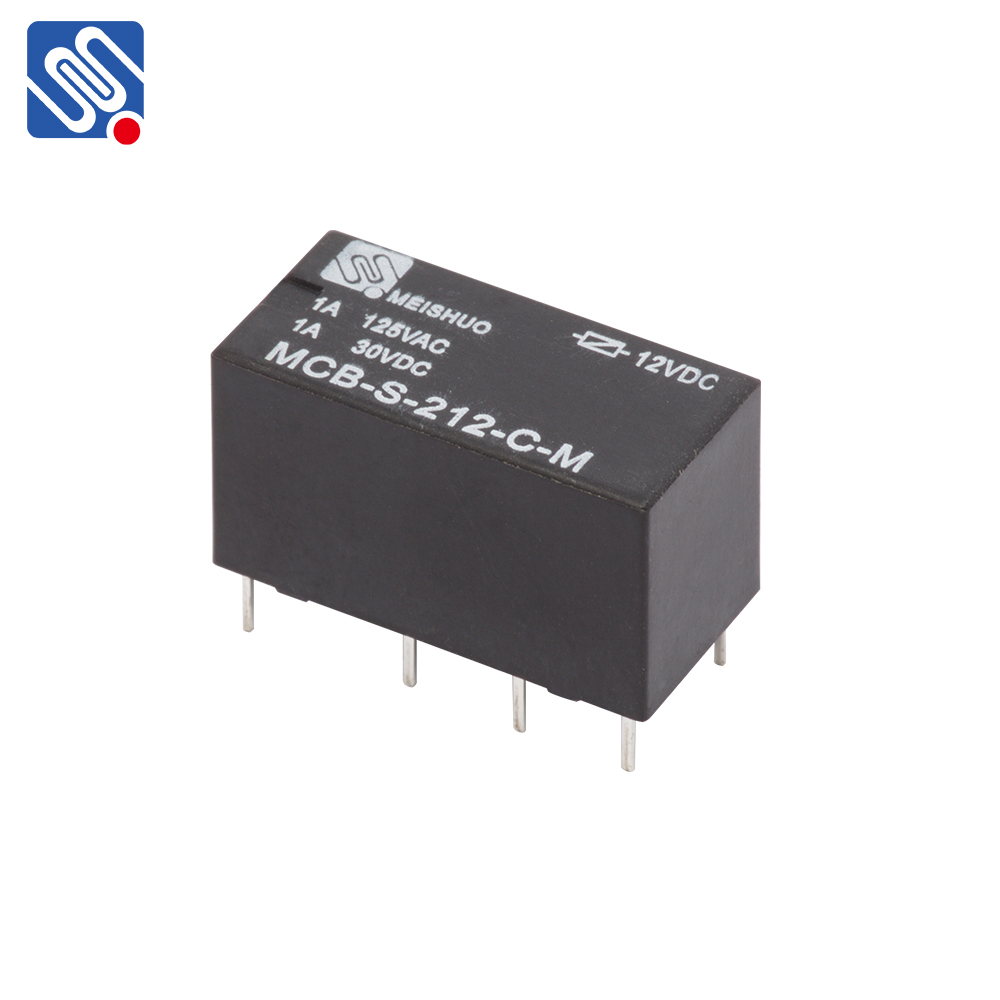Relay signals play a crucial role in various electrical systems, particularly in automation and control circuits. A relay, in its simplest form, is an electrically operated switch that allows for the control of a higher power circuit by a low-power signal. It is commonly used in systems where direct switching of high-voltage or high-current devices is required, but the controlling device can only handle lower power levels. This article explores the significance of relay signals, their applications, and how they contribute to modern electrical systems.

What are Relay Signals? Relay signals refer to the electrical signals transmitted through a relay to control the opening and closing of a circuit. Relays are electromechanical or solid-state devices that enable one electrical circuit to control another. When a relay coil receives an electrical signal (either direct current or alternating current), it generates a magnetic field that moves an internal armature. This action causes the relay’s switch contacts to either close or open, depending on the relay’s configuration (normally open or normally closed). In essence, a relay signal enables a low-power device to control a high-power device. For instance, a small control circuit may send a signal to a relay, which, in turn, activates a motor or lights, using the relay’s higher current-carrying capacity. This characteristic makes relays indispensable in many industrial applications, such as machinery automation, power distribution, and communication systems.